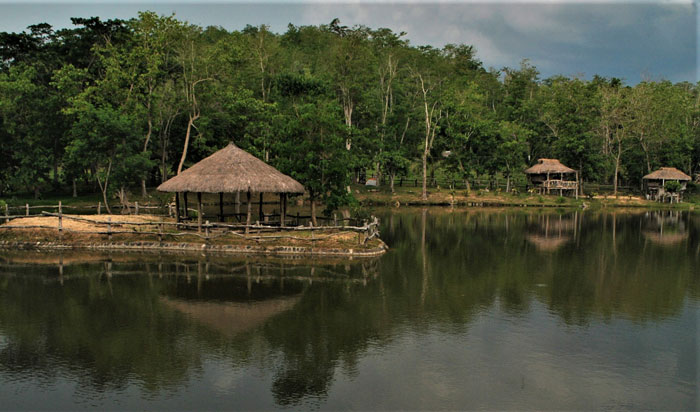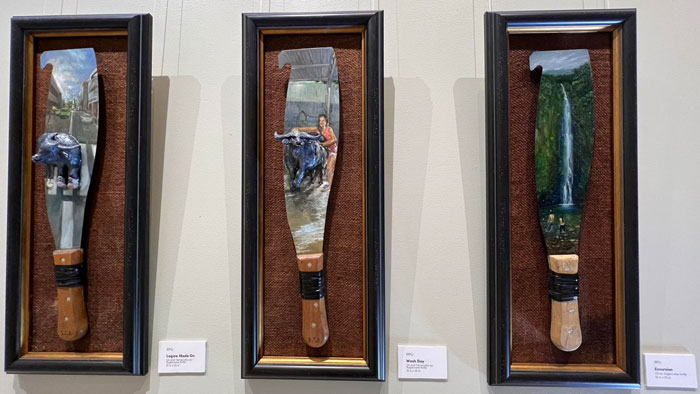Embraced by the mighty Cordillera, Caraballo and Sierra Madre ranges, Nueva Vizcaya is among the country’s culturally-diverse, yet unheralded provinces.
It doesn’t have powdery beaches and luxury hotels, but its merry mix of nature, adventure, culture, and everything in between is just what the new breed of travelers are looking for.
The gateway to the Cagayan Valley region, it prides itself with the Naturally Vibrant tag, owing to its God-endowed allure tucked in the bosom and the sprawling land between the mountains.
Travelers are welcomed by the Balete Pass in the highland town of Sta. Fe, the provincial and regional boundary which is a breathtaking pit stop for motorists because of its panoramic mountaintop view.
Popularly known as Dalton Pass, it is a historic spot where some 17,000 Japanese, American, Filipino and Chinese troops were killed during World War II, including Gen. James Dalton to whom the place used to be named after.
A must-see within the town is Sta. Fe Forest Park, a 2,200-hectare reforestation project and municipal recreational area teeming with Benguet pine and West Indian mahogany.
For a refreshing dip, you can bask in the icy waters of Imugan Fall, a two-level fall with shallow basin after a moderate trek.
The capital town of Bayombong has two new exciting farm-themed attractions in the outskirt villages: The 16-hectare Courage Integrated Farm at the mountain slopes and Nueva VizKawa Wellness Farm which offers hot “kawa” aromatic baths and massage.
Lower Magat Ecotourism Park in Diadi, the provincial government’s flagship attraction within the 24,000-hectare hideaway has a fishing lagoon, camping grounds, swimming pools, ethnic-themed cottages, recreational facilities, and trails for hiking and biking for an interlude with nature.
Adrenaline junkies shouldn’t miss the 4.2-km Capisaan Caves in Kasibu which has the chamber network Lion and Alayan Caves, which have been luring local and foreign cavers for their rare calcite formations and underground river where explorers have to wade for most parts.
Only the 2-km halfway route is open for tourists at present, and novices can try a shorter version to get a feel of the cavernous kingdom.
After the adventure, foray into the town’s vast 529-hectare farm teeming with calamandarin oranges, mandarin (satsuma and ponkan), and pomelos, and see why it is worthy to be dubbed the “Citrus Capital of Luzon” by the Department of Agriculture.
The province also takes pride with the People’s Museum and Library in Bayombong and Vincent Ferrer Church in Dupax Del Sur which have been declared by the National Museum as an Important Cultural Property and a National Cultural Treasure, respectively.
Its most exotic trait is being the domain of 18 indigenous people’s groups, among them the Ifugao, Gaddang, Isinai, Dumagat, Kalanguya, and Bugkalot tribes which have made the province a cultural potpourri.





